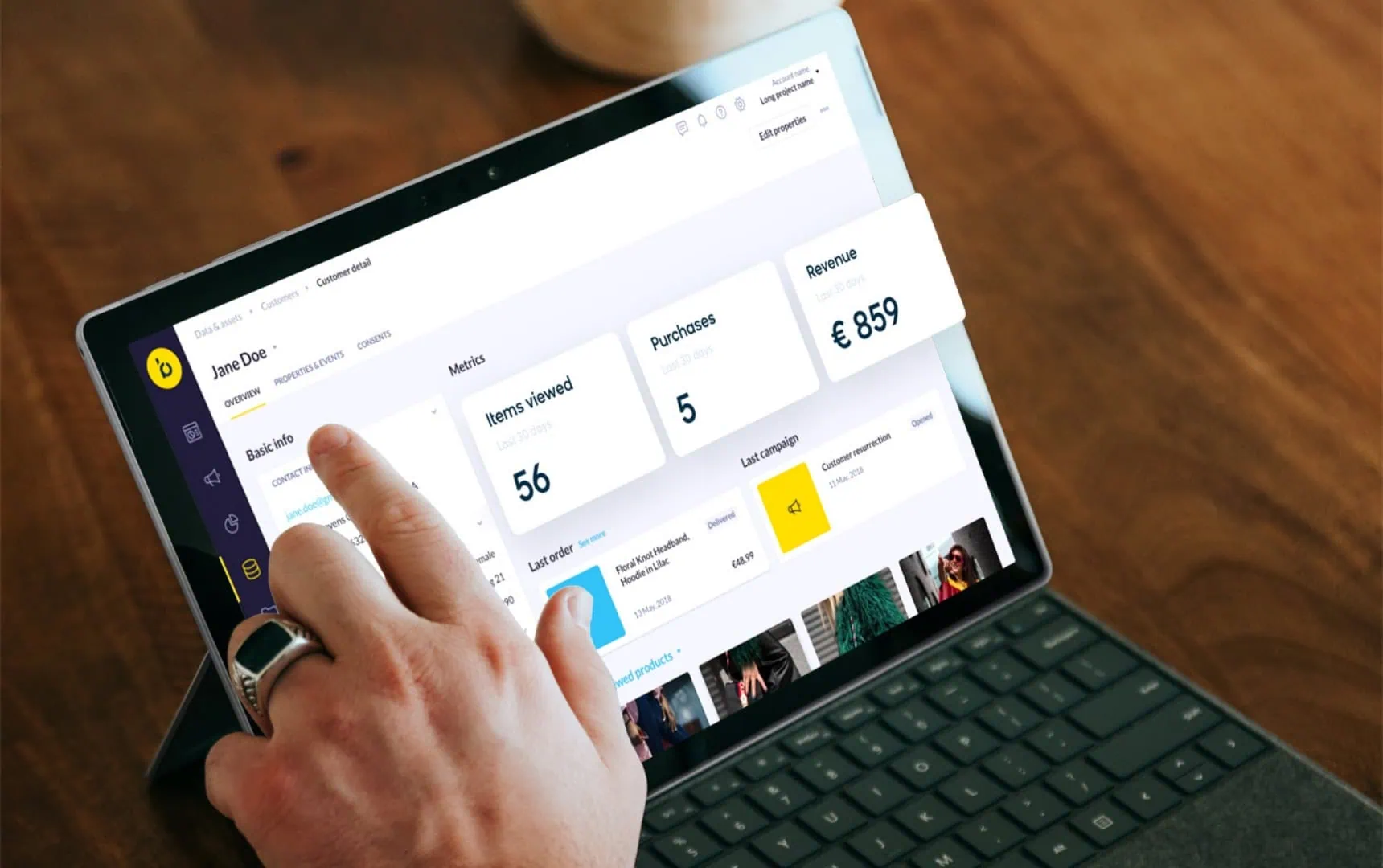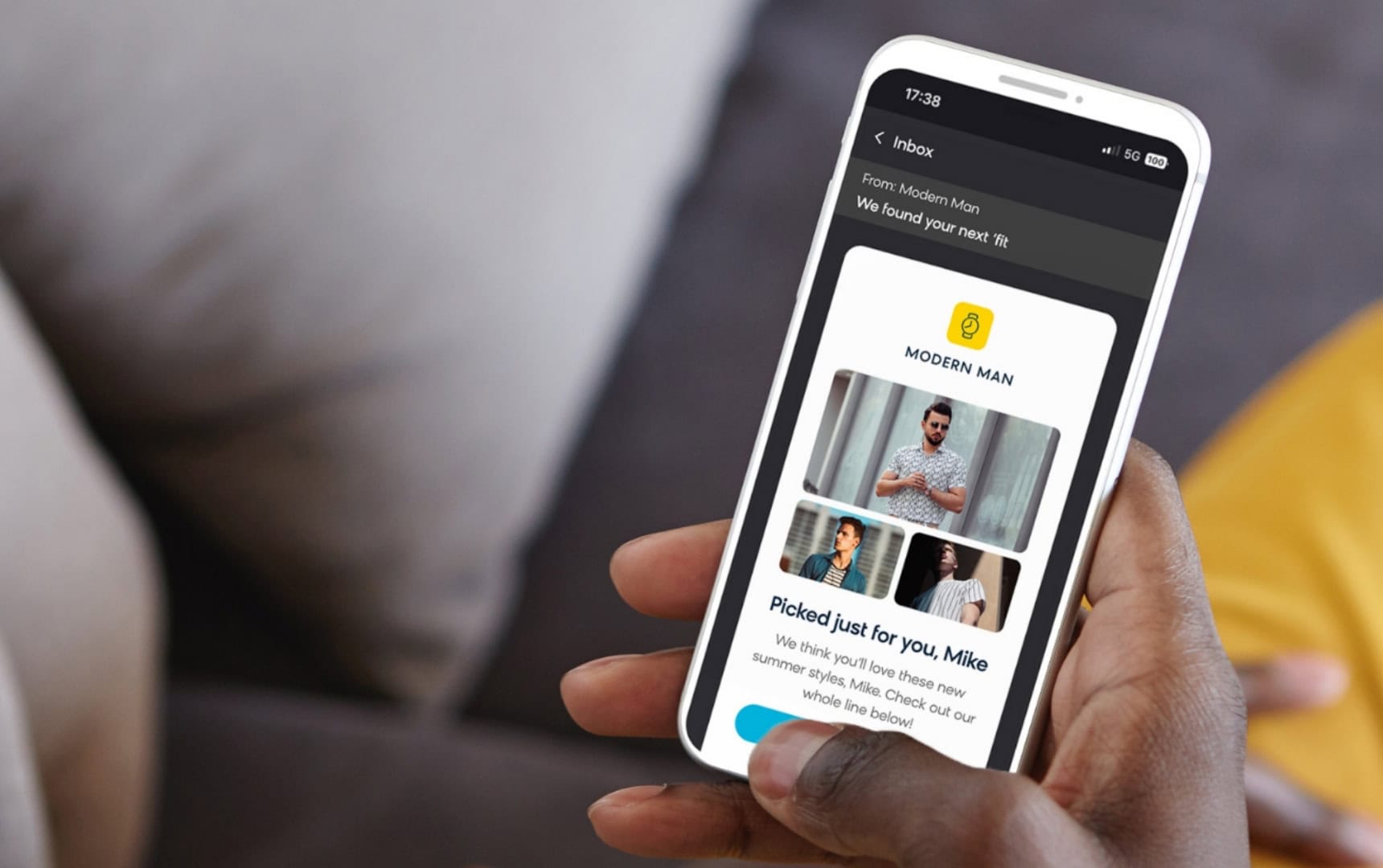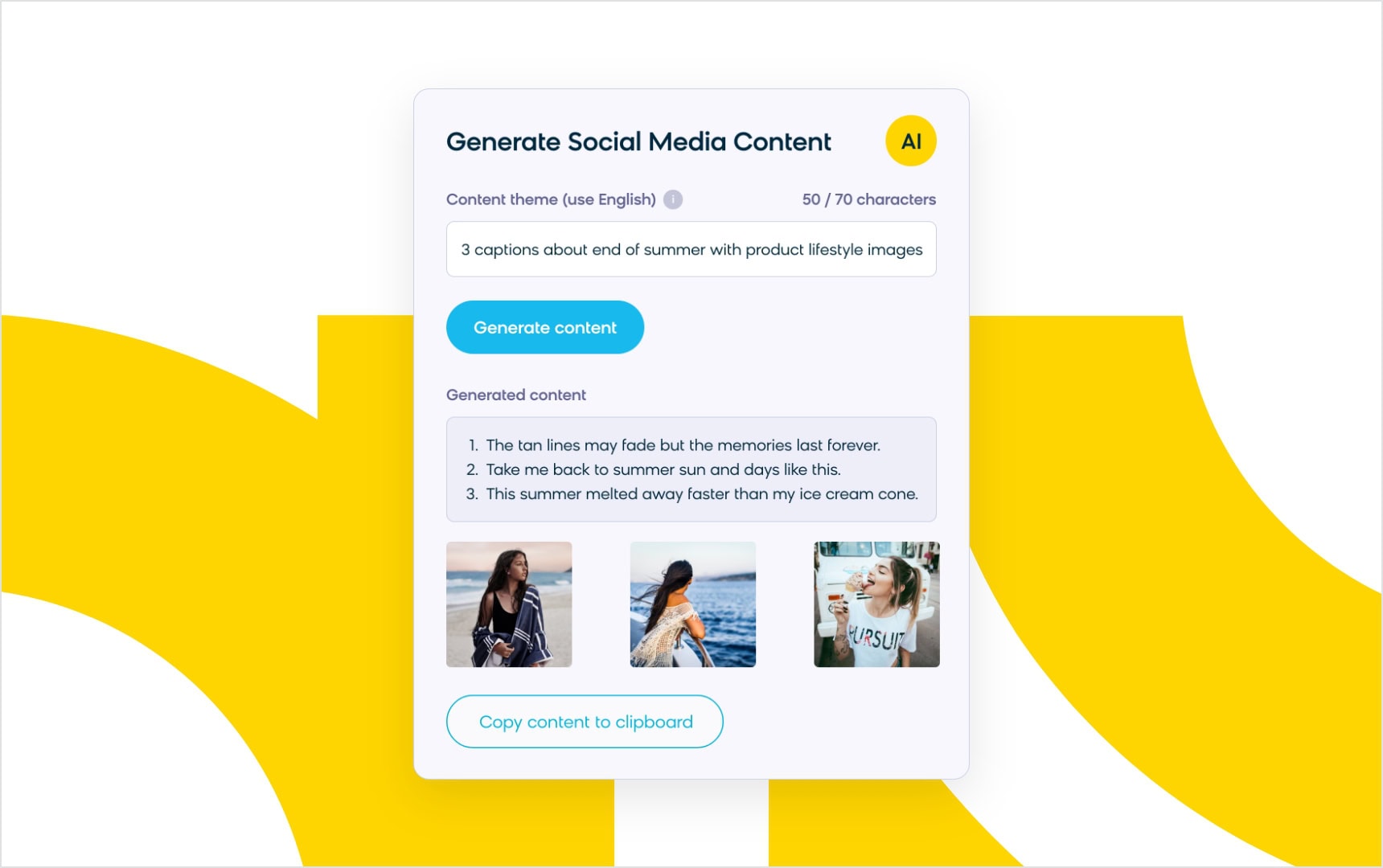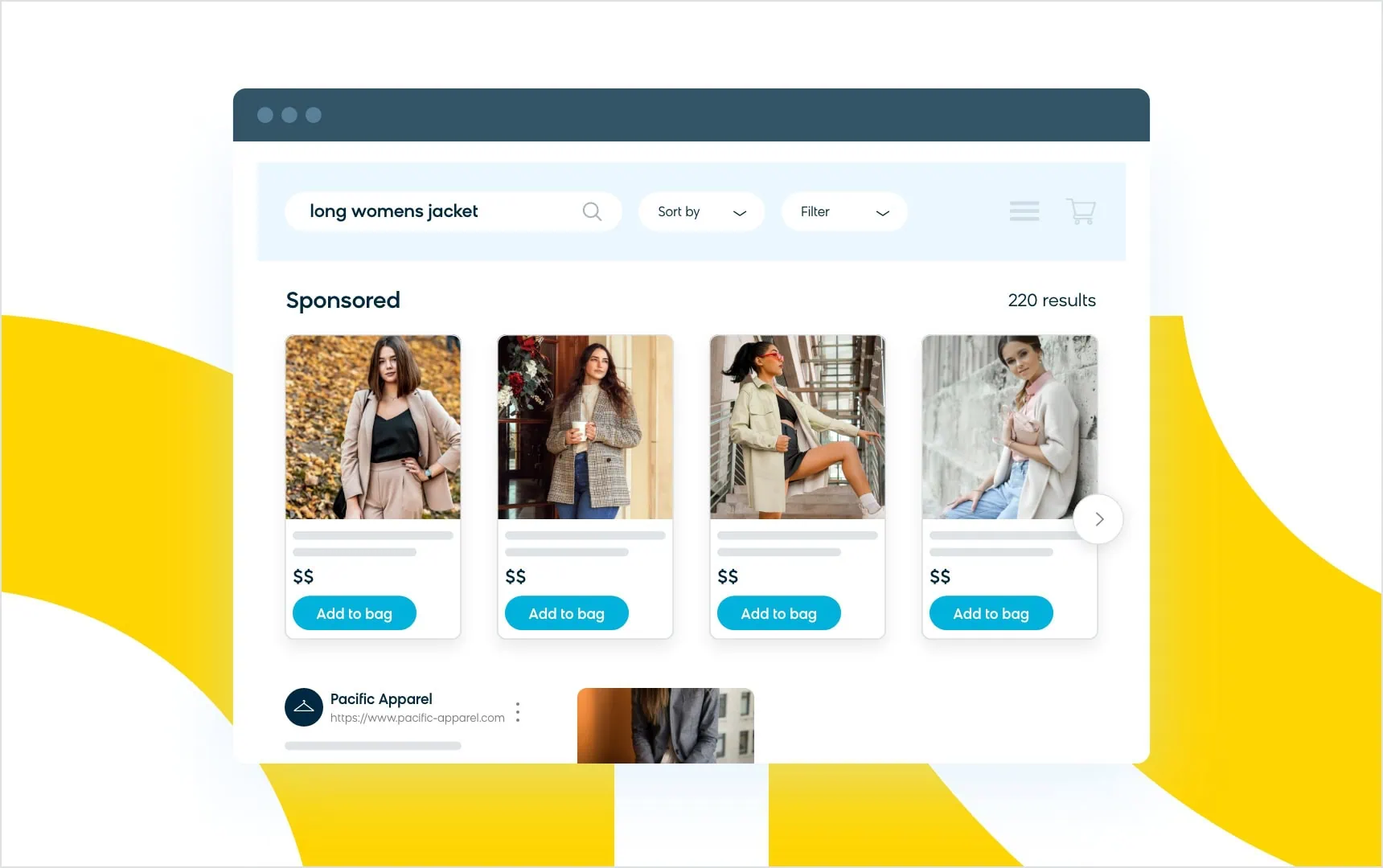The ecommerce world is a wild ride, and creating a solid customer acquisition strategy is one of the best ways to stay ahead of competitors and grow your business.
Imagine you have an online shop filled with products that combine functionality, style, and value to solve customers’ issues. The problem is that without a smart customer acquisition strategy, your must-have products are likely to get buried beneath a sea of other items and fail to attract any shoppers.
That’s why customer acquisition should be a focus. With the right strategy in place, you can turn those casual visitors into loyal shoppers in no time. Whether you’re just setting up shop for the first time or looking to make even more of an impact with new customer acquisition, buckle up for a complete guide to customer acquisition strategies and how to create a successful one.
What Is Customer Acquisition?
Looking for a customer acquisition definition? You’ve come to the right place.
At its core, customer acquisition refers to the process of attracting new customers to your ecommerce business. Customer acquisition involves all of the tactics, channels, and campaigns that your business uses to convert potential customers into paying customers.
When considering customer acquisition, it’s essential to assess not only the immediate costs of acquiring a new customer but also the long-term value that the customer could bring. When businesses understand their customer lifetime value (CLV), they can make informed decisions about how much to invest in customer acquisition without compromising profits.
So, it’s safe to say that a lot is riding on your customer acquisition marketing strategy, and it’s important to get right. That’s why you shouldn’t look to a “one-size-fits-all” solution. The best customer acquisition strategies are tailored to the unique characteristics and needs of your business and its customers.
What Is the Purpose of Customer Acquisition?
Customer acquisition is far more than simply adding more names to a customer database. It’s a strategy that can send your marketing efforts into overdrive, fueling business growth along the way and driving greater customer lifetime value.
Because customer acquisition sparks innovation and adaptation, it encourages your business to constantly enhance and update your product or service offerings, all while keeping changing customer preferences in mind.
Having the right customer acquisition management processes in place is important if you want to:
- Generate revenue: Acquiring new customers directly impacts your bottom line by boosting sales and revenue. A consistent influx of new customers keeps your sales pipeline healthy and continually grows your business.
- Expand your reach: Want to enter a new market or tap into a fresh demographic? Customer acquisition will help you do just that. With a solid customer acquisition strategy, you can diversify your customer base.
- Drive brand awareness: Customer acquisition urges your business to rethink how it’s marketing itself to prospective customers. When your ecommerce brand pursues new acquisition channels, your brand visibility increases. Execute your acquisition strategy well, and you’ll notice positive word-of-mouth and organic referrals.
- Gather helpful data and insights: Customer acquisition generates valuable data and insights about consumer behavior and preferences. Having access to this data unlocks a new level of customer-centric marketing that enhances customer experience and engagement.
- Get ahead of your competition: A well-defined customer acquisition strategy sets your business apart from its competitors. Being able to effectively attract and convert clients demonstrates that your company understands your market and your customers.
How To Create a Customer Acquisition Strategy
Developing an effective customer acquisition strategy requires careful planning, analysis, and a deep understanding of your target audience. But don’t fret — the customer acquisition process doesn’t have to be complicated!
Here are the essential steps to take for a successful customer acquisition strategy:
Identify Your Target Audience
Before you dive into acquisition channels and tactics, you must first define your brand’s ideal customer. What does your customer like and dislike? What problem is your target audience trying to solve?
Use demographics and consumer behavior data to create detailed personas. These personas will help you develop your customer acquisition marketing message and distribute it across the most relevant channels.
Set Goals
Clear and measurable goals are essential for guiding your customer acquisition methods. Your approach should hinge on how you want to measure customer acquisition success, whether you want to boost website traffic, increase sales by a particular percentage, or break into a totally new market. You’ll also want to determine the ideal customer acquisition cost for each channel.
When you start your customer acquisition strategy with crystal clear goals, you’ll find it easier to tailor your efforts so that they resonate with your target audience and drive the results you’re looking for.
Decide on Channels
Selecting the right customer acquisition channels is a critical decision that can radically influence your customer acquisition strategy’s success. That’s because different channels are suitable for different audiences and industries.
The following are several key customer acquisition channels that you should consider when forming your acquisition marketing strategy. Try them out and track how well they work for you. You’ll soon be able to pinpoint the channels that align best with your goals, so you can reduce customer acquisition costs while maintaining positive outcomes.
Organic Search
Organic search is an ideal customer acquisition channel because of its authenticity and lasting impact. By optimizing your online presence to rank highly in search engine results pages (SERPs), you attract potential customers who are actively seeking solutions.
When customers find you organically, they’re likely to see your brand as a reliable source, which in turn nurtures trust and lends you brand authority. This gives you higher-quality traffic and more engaged potential customers.
Because it’s more of a “long game” than other acquisition channels, organic search could be likened to a marathon — it takes time to execute it well, but the rewards are worth it when you can slowly build trust and credibility and attract customers who are genuinely interested in what you have to offer.
We’re big fans of email marketing, and most shoppers are, too. More than half of customers prefer email when it comes to keeping up with their favorite businesses.
Prized for its direct and personalized approach, email marketing remains the one customer acquisition strategy that sees continued success. When you have an engaged email list, you can better deliver content, offers, and other updates directly to your customer. It’s a frictionless experience that helps your customers better connect with your brand and encourages sales. What’s more, you’ll be able to boost ROI without adding much to your customer acquisition costs.
Email is also incredibly versatile and provides a highly customizable backdrop for ecommerce marketers to play with. You can welcome new members with a special discount code and personalized product recommendations, or you can use email marketing campaigns to gather business intel that will make your customer acquisition efforts stronger over time (and also boost customer retention).
Referrals
Did you know that 83% of Americans say they are more likely to buy a product or service if a friend or family member recommends it?
Customer referrals are a great way to acquire customers, and it’s easy to see why: People tend to trust other people (and especially existing customers) when looking for a new product or service that’s worth their time and money.
If you’re aiming for fantastic referrals, start by delivering top-notch service and exceptional products that naturally ignite word-of-mouth buzz. Then, amplify these efforts by setting up referral programs, which encourage existing customers to spread the word about your brand. As a reward for referring a potential customer, give the referrers a gift or some other enticing incentive. It’s a win-win that not only grows your clientele, but also nurtures a circle of brand advocates eager to spread the word about your business.
Events
From hosting industry conferences and workshops to engaging in trade shows, events facilitate interactions that often extend beyond the digital domain. This personal touch fosters trust, enabling potential customers to intimately experience your brand’s core.
Webinars can seamlessly bridge the online gap by forging personal connections that can transition offline. In-person events, on the other hand, offer a welcome reprieve from the monotony of virtual communication.
No matter what type of event you hold, events are particularly effective when they’re deployed during the customer’s consideration phase. Events give your brand an excellent opportunity to showcase your products’ value, engage in insightful conversations, and promptly address any questions your target audience may have — all great methods for acquiring customers.
Organic Social Media
Have you ever found a new product or service on social media channels? If so, you’re in the majority. Nearly 60% of American adults use social media to discover new brands. This figure rises to 82% for Gen Z adults aged 18-22.
Social media marketing is a captivating way to acquire customers. Facebook, Instagram, and other social media platforms provide a seamless opportunity to create an inviting online presence, encouraging customers to explore your brand at their own pace while fostering a tight-knit online community through content, comments, and mentions. You can even use generative AI to help you create the content you need to engage prospective customers.
Because social media is a low-stakes way to connect with potential customers, users can build trust and familiarity with your brand in a non-threatening environment (while reducing the customer acquisition cost for your brand). If you have a hesitant user base, organic social media is a great way to gently guide them through the awareness and consideration stages of their buying journey.
Paid Social Media
While organic social media uses unpaid content to build brand awareness and cultivate new customers, paid social media takes a different approach and involves investing in targeted advertising campaigns to reach specific audiences.
Paid social media can be used to acquire new customers by setting up a campaign that’s only shown to people who fall into your target audience. For example, if you want to sell athletic shoes, you should set your parameters to only show the campaign to adults interested in physical fitness. That way, your paid ads won’t be shown to anyone who doesn’t fit your ideal customer profile.
With paid campaigns, brands can use marketing spend to precisely target certain groups of people and then place their offerings directly in front of those potential customers. If you have a time-sensitive campaign, product launch, or flash sale to promote, paid social media is worth exploring. Just be mindful of your cost per acquisition (CPA).
Paid Search
Organic search optimization efforts may be a great revenue driver, but it can take 3-6 months before you start seeing results. Luckily, paid search emerges as a great option for any teams who want to boost their customer acquisition and don’t mind paying a little extra for it to immediately take effect.
Paid search involves running targeted advertising campaigns that appear at the top of SERPs for specific keywords. You’ll enjoy immediate visibility to potential customers and pay for the ad placement every time someone clicks on your listing.
Paid search efforts are especially useful in scenarios where you want quick conversions. Try them the next time you want to promote a limited-time offer or launch a new product.
Successful Acquisition Strategies
As an ecommerce pro, you don’t need to be told that your business lives within a highly competitive landscape where everyone is aggressively pursuing their next customer.
To stand out and drive consistent growth, your ecommerce business must use effective and targeted tactics to acquire new customers (while keeping existing customers satisfied). Find and convert new customers with the following strategies:
- Content marketing: Producing high-quality content related to your products or industry can position your ecommerce brand as an authority. Creating an in-depth content marketing strategy consisting of blog posts, how-to guides, and informative videos can attract organic traffic and engage potential customers.
- Email marketing: Building an email list and using customer data to send personalized email campaigns nurtures leads, promotes new products, and incentivizes repeat purchases with exclusive offers.
- Reengagement campaigns: Use reengagement campaigns to bring back visitors who have shown interest in your products but didn’t complete the purchase. These customer acquisition campaigns encourage shoppers to complete their purchase or engage with your brand again.
- Flash sales and limited-time offers: Everyone loves a deal. Create a sense of urgency and exclusivity by offering time-limited discounts or special offers. Flash sales can attract quick conversions and encourage impulse purchases (which drive 40% of all ecommerce revenue, by the way).
- Mobile app marketing: A user-friendly mobile app can establish your brand as a prominent player in the ecommerce world. Not only can your brand offer in-app shopping, but mobile apps are also excellent places to promote your social media channels and deploy relevant notifications.
- SMS marketing: Like a mobile app, SMS marketing provides marketers with another way to directly contact their target audience members. Sending personalized text messages to potential customers’ mobile devices keeps them in the loop with your company and interested to hear what’s coming next.
Remember that the most effective strategy for your ecommerce business will depend on your target audience, niche, and products. You’ll want to frequently monitor and analyze the results of your customer acquisition efforts and tweak your approach based on the feedback you receive.
Need more inspiration? Check out our case study library for customer acquisition strategy examples that will empower you to reach for the stars with your acquisition campaigns!
Refine Your Customer Acquisition Strategy With Bloomreach
Mastering the art of customer acquisition is nothing short of a game-changer.
Whether you aim to generate more revenue, extend your reach, or snag your target market’s attention, a solid customer acquisition strategy will help you make strategic decisions that propel your business forward.
Are you ready to seize the spotlight and draw in new customers? Your journey to customer acquisition greatness starts here! Bloomreach Engagement is a best-in-class platform that will elevate your customer acquisition endeavors to unprecedented heights. With Bloomreach by your side, the sky’s the limit for your ecommerce success.
Learn more about using marketing automation in Bloomreach Engagement to fuel your customer acquisition success.




















